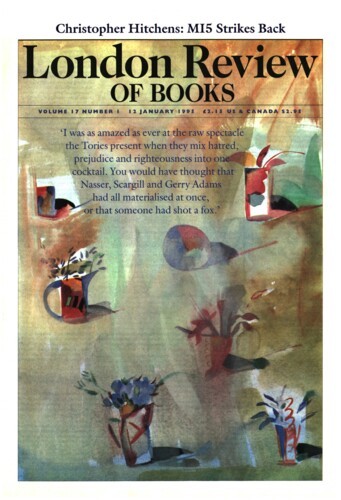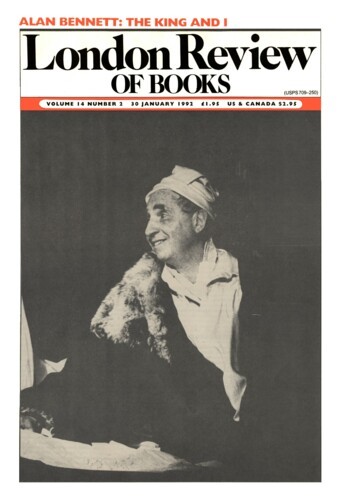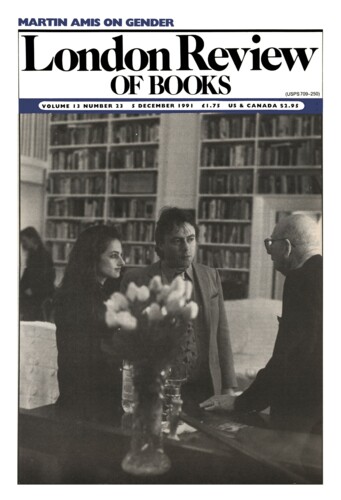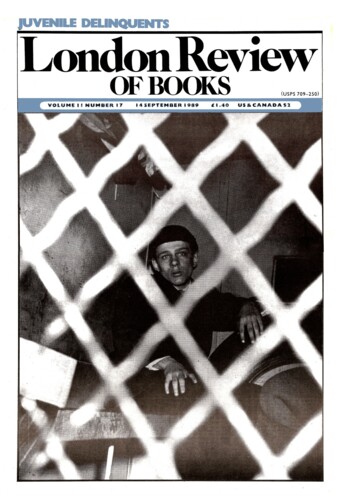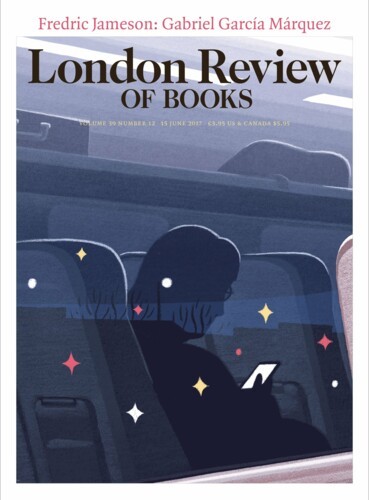Costume Codes
David Trotter, 12 January 1995
Towards the end of Radclyffe Hall’s The Unlit Lamp (1924), the heroine, Joan Ogden, who has grown miserably old in a small provincial town, overhears two young women discussing her. She recognises them as women of the same ‘type’ as her: unattached, independent, sexually ambiguous. They dress like her, and wear their hair cut in a similar style. But they seem to inhabit a different world: their lamps have very definitely been lit. Unlike her, they are ‘not at all self-conscious in their tailor-made clothes, not ashamed of their cropped hair’. At once envious of and terrified by their success, Joan has to acknowledge that she belongs to another age: her place in the evolution of feminism is that of the ‘pioneer’ who ‘got left behind’. She is, as one of her tormentors puts it, ‘what they used to call a “New woman” ’.
